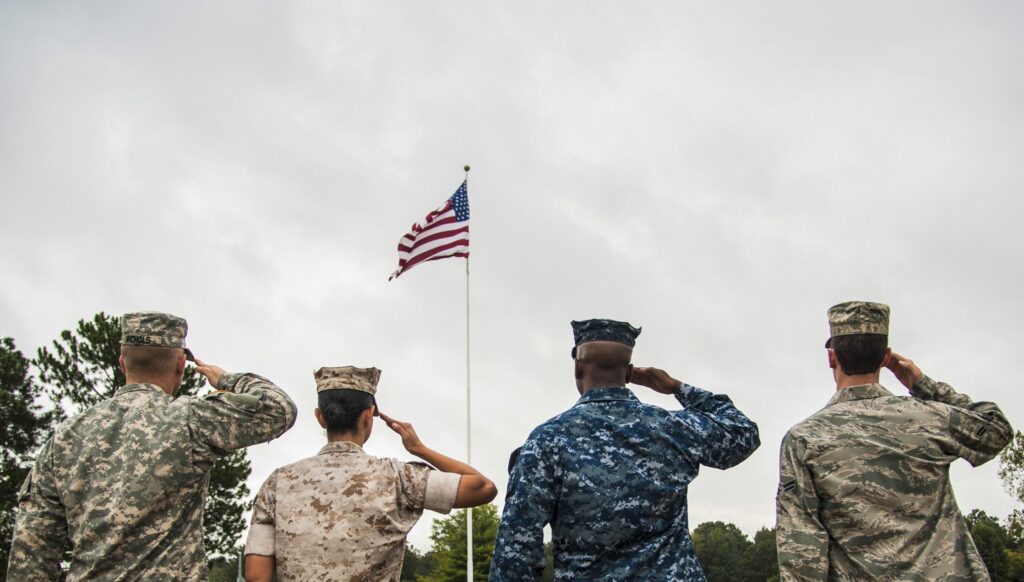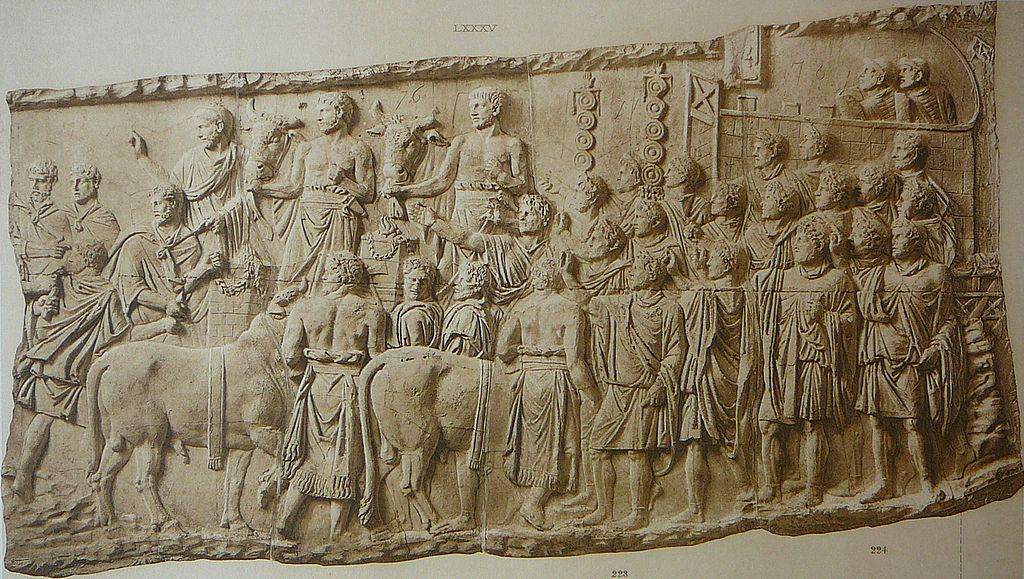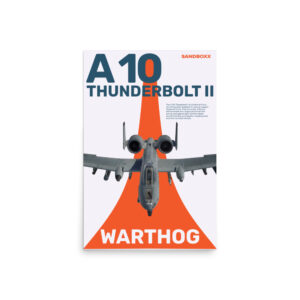The uncertain origins of the military hand salute
- By Travis Pike
Share This Article

Saluting is one of the few military traditions that everyone knows about. However, the origins of this well-known tradition aren’t clear and its history isn’t well documented before the 18th century. We might not be able to give you the true and complete history, but we can, at the very least, trace parts of the tradition’s history.
The Roman salute
The Roman salute is very misunderstood. It wasn’t necessarily used the same way we use a salute nowadays but as a sign of respect and loyalty to a specific person; further, it wasn’t only used by military members as civilians would also often hail the emperor.
Roman salute is often the name given to the salute used by fascist and authoritarian regimes like Nazi Germany, yet the two are different. The salute used by these regimes was with a straight arm extended upward and out and with the fingers held together; it is more akin to the Bellamy salute, which was designed in 1892 to be used while schoolchildren said the pledge of allegiance.

No sources describe the Romans using that type of salute. Instead, the Romans saluted with the right hand gestured upwards. The elbow was often bent and didn’t go higher than chest height. Lastly, hand orientation appears to have been informal, with Trajan’s Column in Rome portraying hands with the palm sideways, up, down, and even with the fingers folded inward toward the palm.
Related: Battle priests – These are the 5 most famous holy men at war
Of knights and chivalry
According to a theory, the salute, as we know it, comes from medieval knights. When a knight would pass another knight, a commander, or a military force he would use his right hand to raise his visor and show his face. The idea was that he used the right arm to show he wasn’t holding a weapon, and showing his face typically meant he was unafraid and noncombative.
While the modern salute may derive from this medieval practice, there are more plausible theories.
The modern salute

Records of the modern salute date to the 18th century. Before that, there was a tradition that soldiers would remove their hats in passing, or when they entered a room, as a sign of respect for a superior officer.
However, as headgear became more ornate, it became more difficult and impractical to remove. So the tradition transformed into raising the hand to the hat’s visor. A British Order book from 1745 states: “The men are ordered not to pull off their hats when they pass an officer or to speak to them, but only to clap up their hands to their hats and bow as they pass.” Typically, the right hand was raised with the palm facing the superior until it reached the brim of the hat. This tradition spread across Europe and into the newly formed United States.
Today, while many European countries still keep the palm upward and toward the saluted, the United States keeps the palm oriented downward.
The American style appears to date back to the British naval salute. Deckhands would be working hand and become filthy. It was considered disrespectful to show them dirty hands, so they began to salute with their palms facing downward. (If you know anything about officers, they are a sensitive bunch.)
It’s odd that the history of the salute isn’t well known and that its origins are uncertain. The salute has continued to evolve and has several different types – there is a rifle, sword, and even the famed 21-gun salute – but continues to be a sign of respect and a greeting. The next major modification will likely come from the Space Force – saluting in a space suit just seems difficult.
Read more from Sandboxx News
- The A-10’s long-delayed retirement is rolling forward. What’s next?
- Diving into Iran’s intentions following deadly drone attack on US troops
- These are the wild F-15 variants we could have gotten
- Ukrainian attack helicopter pilots have to rely on dangerous maneuvers to navigate the battlefield
- The M1A3 Abrams and the upcoming Western tanks of the future
Related Posts
Sandboxx News Merch
-

‘Kinetic Diplomacy’ Bumper Sticker (Black)
$8.00 Add to cart -

A-10 ‘Warthog’ Poster
$22.00 – $28.00 Select options This product has multiple variants. The options may be chosen on the product page -

F-35 ‘Evolution’ Framed Poster
$45.00 – $111.00 Select options This product has multiple variants. The options may be chosen on the product page

Travis Pike
Travis Pike is a former Marine Machine gunner who served with 2nd Bn 2nd Marines for 5 years. He deployed in 2009 to Afghanistan and again in 2011 with the 22nd MEU(SOC) during a record-setting 11 months at sea. He’s trained with the Romanian Army, the Spanish Marines, the Emirate Marines, and the Afghan National Army. He serves as an NRA certified pistol instructor and teaches concealed carry classes.
Related to: Military History

Unit 684 – The South Korean suicide squad with the tragic history

How troops survive long deployments at sea

The French once put a cannon on a Vespa and sent it to war

Changing the Army’s mind: The M16’s long road to adoption
Sandboxx News
-

‘Sandboxx News’ Trucker Cap
$27.00 Select options This product has multiple variants. The options may be chosen on the product page -

‘AirPower’ Classic Hoodie
$46.00 – $48.00 Select options This product has multiple variants. The options may be chosen on the product page -

‘AirPower’ Golf Rope Hat
$31.00 Select options This product has multiple variants. The options may be chosen on the product page -

‘Sandboxx News’ Dad Hat
$27.00 Select options This product has multiple variants. The options may be chosen on the product page
